Rearing royalty takes a team at Pukekura/Taiaroa Head. Since the 1930s, the toroa (northern royal albatross) colony on the Otago Peninsula have had human helpers ensuring their survival.
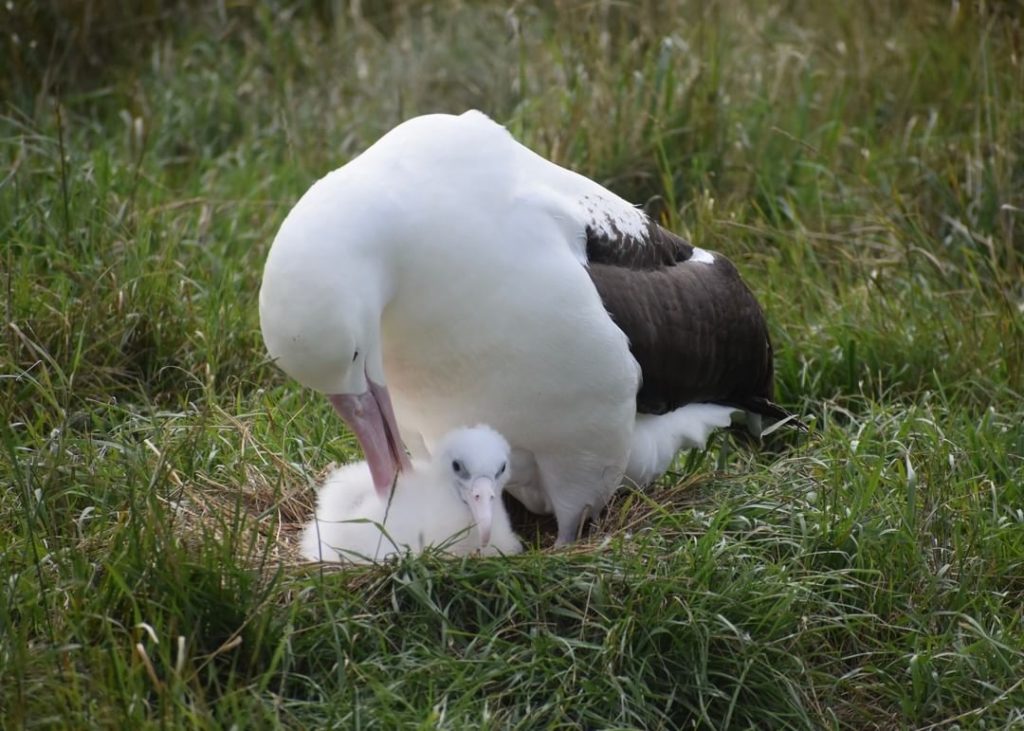
So, how has the management of these toroa evolved? We spoke to Sharyn and Jim – who are part of the team intensively managing these special birds.
What makes these toroa special?
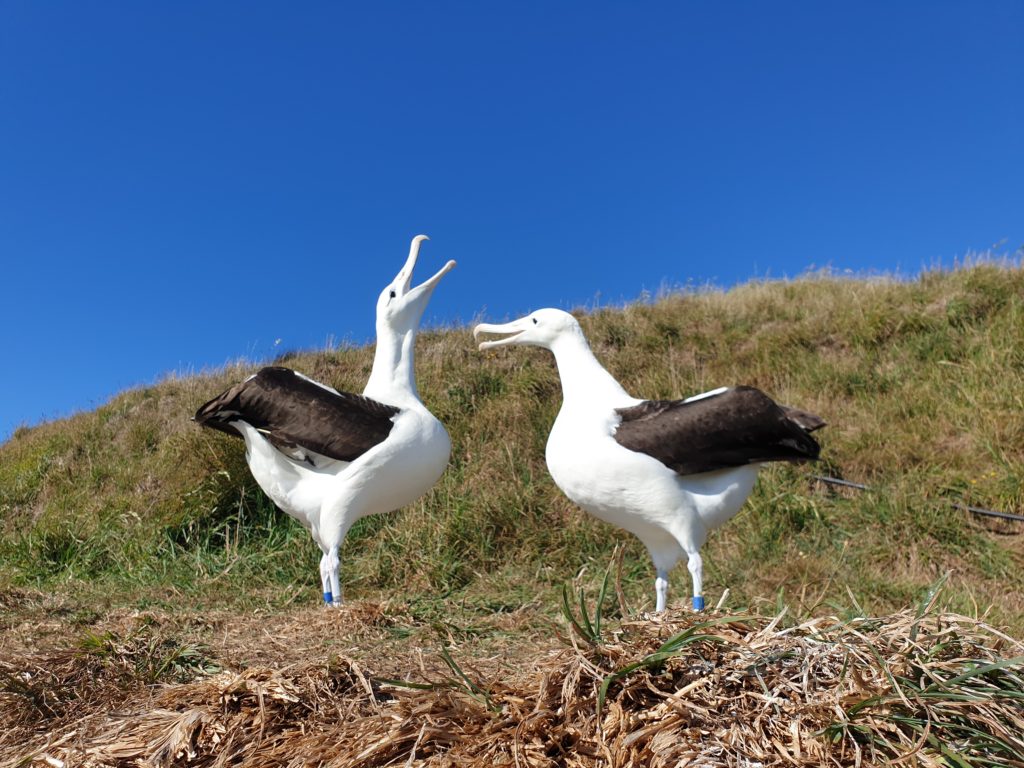
Bells toll across Dunedin as the town celebrates the return of the first toroa for the spring breeding season. A special welcome for some very special birds.
As the Department of Conservation’s biodiversity supervisor in Dunedin, Jim Watts oversees the management of these much-beloved birds. And according to him, there’s never a dull day working with the colony.
“When you’re out there on the headland with them, you see how curious they are about what you’re doing.
“They’ll fly around and come in for a closer look. And despite their size, you won’t actually hear them until they’re right above you.
“They’ve all got individual personalities and you get to know each of the birds over the years. Some birds are really calm, and some you have to watch your toes around! They’re a great species to work with,” he says.
When asked if he has a favourite toroa, Jim remains diplomatic. “No, I don’t play favourites. They’ve all got their ways.”
The Taiaroa Head toroa are world-renowned and Jim can’t overstate how special the colony is.
“The ability for the general public to be able to come and see these large sea birds is something you just can’t do anywhere else. In the Southern hemisphere, all these birds usually breed on offshore islands that are inaccessible.
“In comparison, the Taiaroa Head toroa colony is a 40-minute drive from Dunedin. You can go on a tour and see these animals interacting – you can see parents feeding chicks, high-flyers soaring and partners courting,” Jim says.
Humans: hindrance to helpers
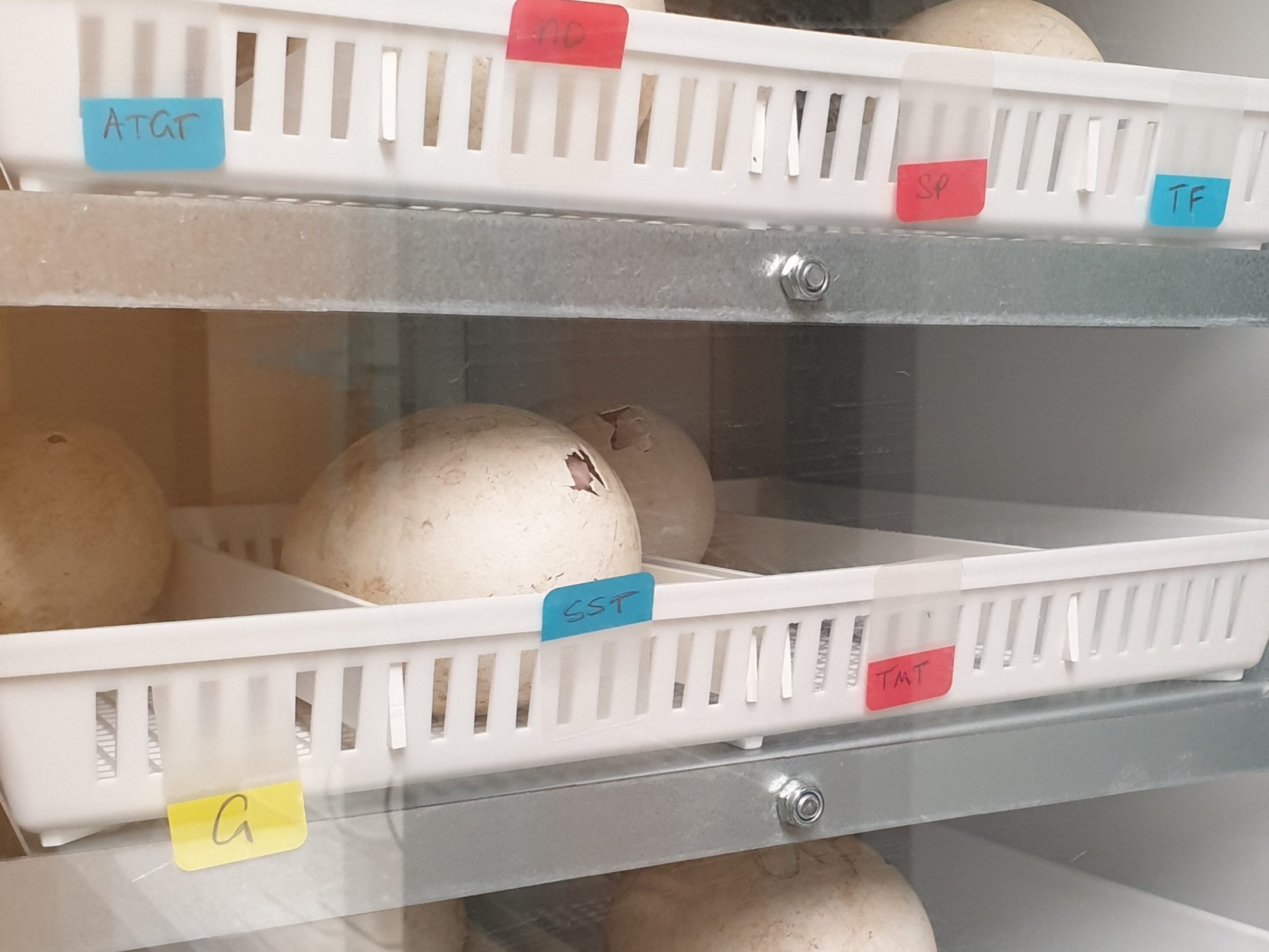
Today, it would be unthinkable to steal or destroy a toroa’s eggs. But a hundred years ago? It was the main reason the colony failed to fledge chicks.
Humans were stealing eggs to add to their collections, frying them up or just breaking them.
Wildlife Ranger Sharyn Broni explains, “Once human interference was managed, the next big problem was predation by stoats and ferrets.
“The birds attempted to breed each year but eggs and chicks were killed by introduced predators before any offspring could fledge.
“In the 1940’s, human intervention came in the form of trapping during the summer. It was only after this point that the colony saw some success.
“In fact, we’ve been continuously trapping since 1967 and it’s still ongoing, but these days we have a lot less predation than what occurred between the 1940s to the late 1990s,” she says.
And the numbers speak for themselves. From about seven birds in the early 20th century, the colony is over 250 strong today.
Modern problems, modern solutions
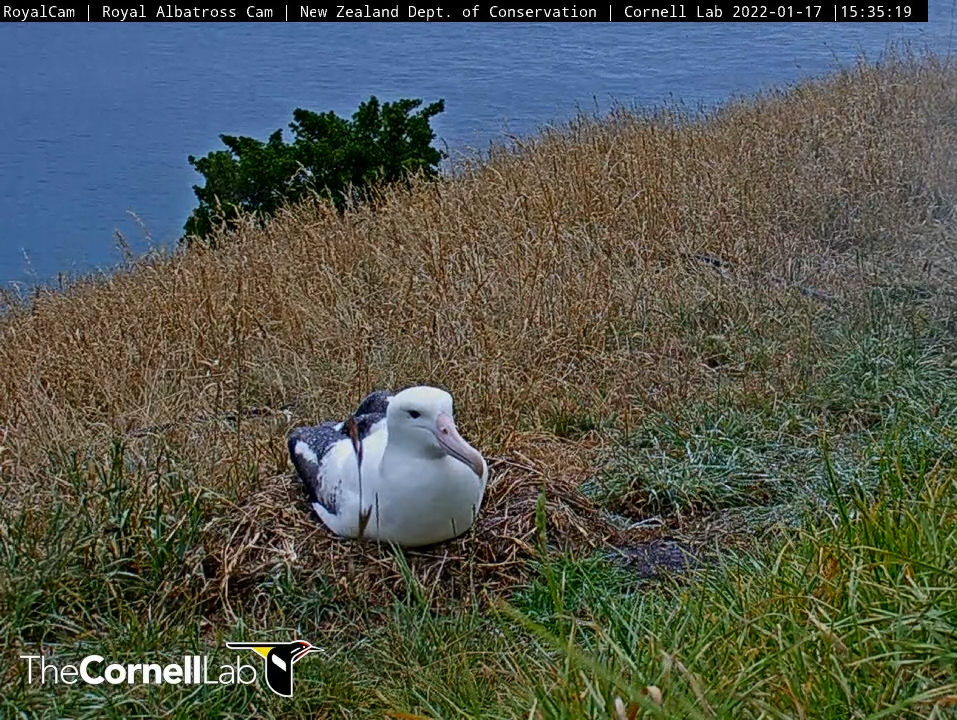
The colony faces very different challenges today compared to the ones of a hundred years ago.
“Since the 1980s, hotter drier summers have been becoming more common. And in hotter years, we have seen a lot of egg failures and abandonment,” Sharyn says.
“This is because toroa can only sit on their egg for a certain amount of time. And if they’re getting too stressed due to the heat, they have to stand up. This in turn varies the temperature of the egg which can lead to egg failure.
“And in worse case scenarios, they just walk off the egg and don’t come back – abandoning the egg.
“To combat this we’ve installed an irrigation system. So each nest has its own sprinkler.”
But the impacts don’t end there. Sharyn explains, “Hotter drier summers also lead to plagues of the introduced blowflies that lay maggots in hatching eggs.
“This infestation is known as flystrike and it can be deadly. So that’s why we now artificially incubate virtually all of the hatching eggs to prevent flystrike. Also, before the chicks are returned to their nests, we apply an insect repellent for added protection.”
Another big issue facing the future of the colony is plastic, Sharyn says, “Before their first flight, toroa chicks will regurgitate their stomach contents to ‘lighten their load’. And when our team inspected the regurgitations, they’ve found plastic remnants including a toy horse, a plastic scoop and a bottle cap.
“When out catching squid and fish, toroa parents will mistakenly ingest plastics and then bring them back to their nest to feed their chick.
“We are finding more and more plastic being ingested by chicks. Over in Hawaii, it’s a major problem, with toroa chicks often dying with too much plastic in their stomachs.
“We really don’t want to see that happen here,” Sharyn says.
Royals on camera
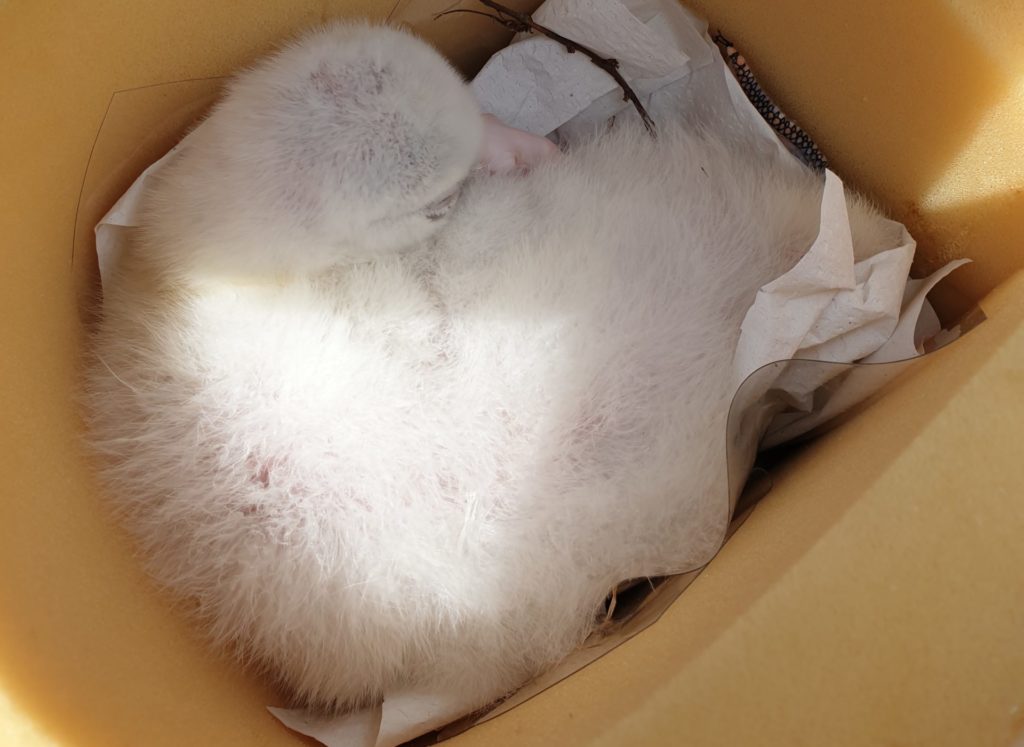
Sprinklers and egg incubation aren’t the only high-tech things about the toroa. A 24-hour live stream set up in 2016 captures their breeding season.
Part of Sharyn’s role involves managing the Royal Cam.
Sharyn explains the purpose behind the Royal Cam, “It was set up to tell the story of the toroa. They have such a long breeding cycle, so all year round there’s something to see.
“A lot of people wouldn’t really engage with the story of toroa if it was in a lengthy report. But when you can see it you can quickly understand and relate to it. Viewers often get very attached to the chicks. And from paintings to poetry, the Royal Cam has inspired a lot of creative expression.”
In just the last five months, the Royal Cam has gained almost a million views with people tuning in from all over the world.
“Nobody really knew how popular it was going to be. It was a really big surprise,” says Sharyn.
What can you do to help the toroa at Taiaroa Head?
We can all do our bit to protect toroa. Toroa travel the entire Southern ocean – so minimising your plastic use and collecting rubbish off your local beaches will help prevent it from ending up in a toroa’s belly.
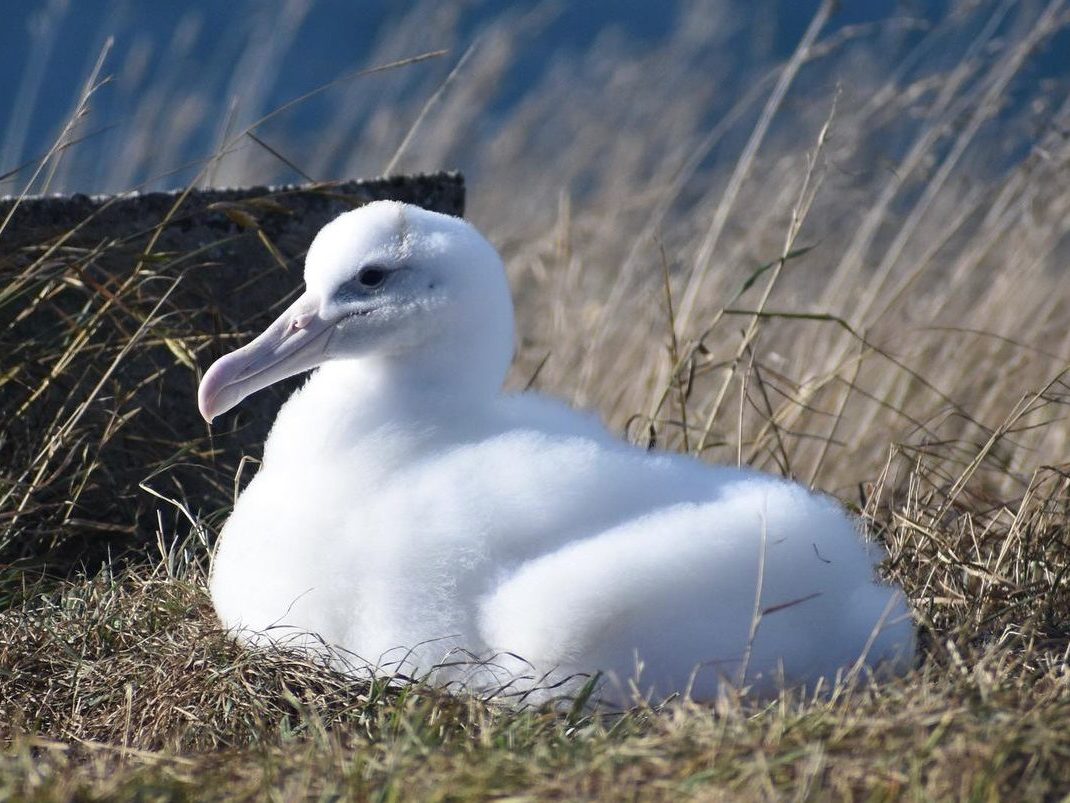
And if you live near the Taiaroa Head colony, trapping will help protect them from predation.
You can also support the work that Jim, Sharyn and the rest of their team do through donations.
On the Royalcam page, you scroll down to the Otago Peninsula Trusts big orange Donate button.
The Otago Peninsula Trust have a Givealittle page. Donations here directly support the ranger work with the toroa at Pukekura/Taiaroa Head.
Past donations have supplied equipment such as carry cases large enough for toroa, a fan for the incubator room as well as incubator equipment, fish for supplementary feeding and traps for predator work.

